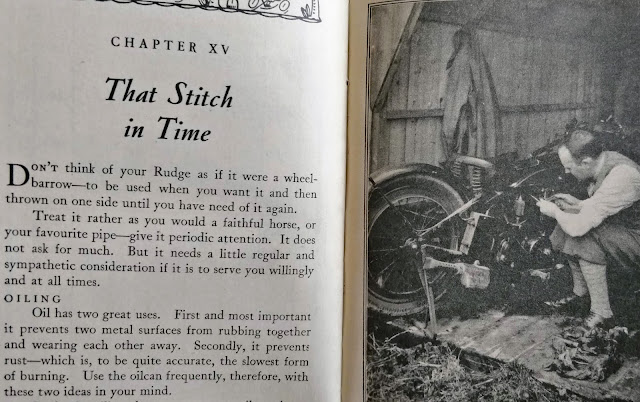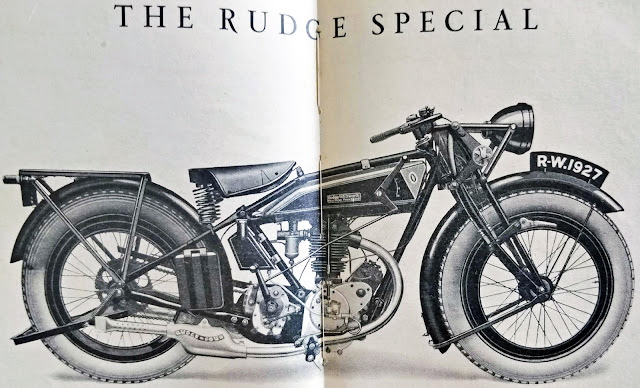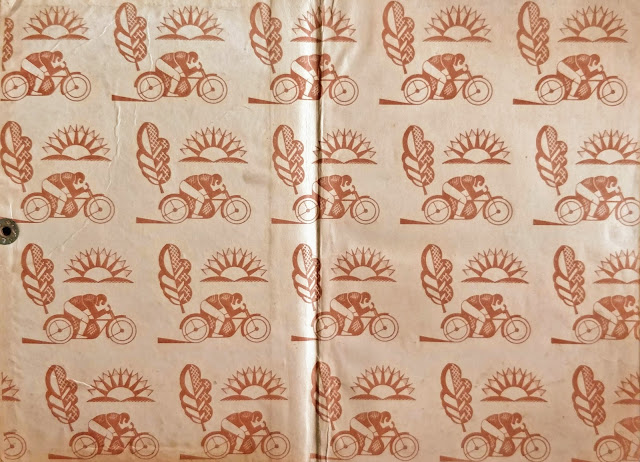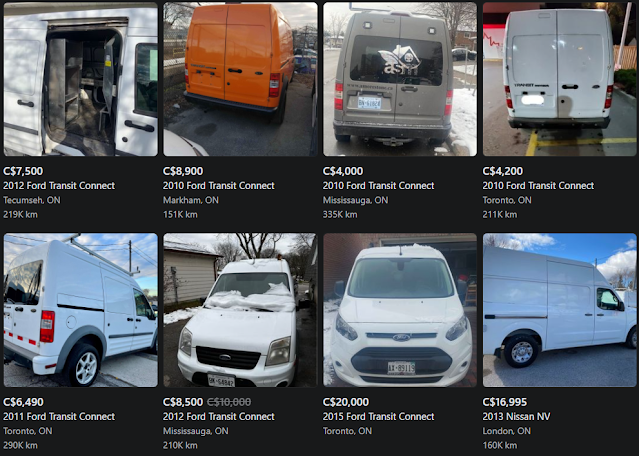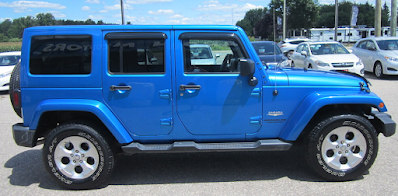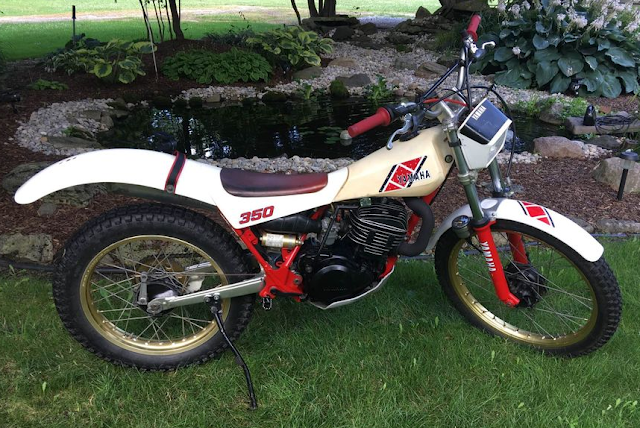... and it wasn't so bad thanks to all the (quality) gear, all the time. This weekend we had family friends coming over so I took their son and mine up to S.M.A.R.T. Adventures for an afternoon dirt biking. My boy did a day on bikes last year so he was stepping up to intermediate level, the other boy had never ridden before.
It was a glorious day. We had snow last week but it was 15°C and sunny on Saturday, and we weren't gettting on a bike until it had already reached that lofty high.
 |
| They kit you up good at SMART! |
We got kitted up and out to the bikes. Ethan went with another new rider and did the how-bike-controls-work introductory lesson. Max hadn't been on a bike in 10 months and had only had a day when he last did, but he remembered all the basics so off we went.
We had Joe instructing us who I've had a couple of times before. He has psychic trail reading skills and is a joy to follow in the woods. He's also big on the basics (elbows up, sit at the front of the saddle right above the pegs and most of all, clutch control!). Max had the basics down, but his work on the clutch dramatically improved his ability to ride off road this time around, it was time well spent!
We did the ride-over-a-log thing and after a tentative start Max got a handle on that too! All in all it was a very satisfying afternoon of riding.
To end the day we joined the new riders and did some of the easier trails. Earlier we'd been talking to the instructor who had been looking after the new riders and he said you can never underestimate how tired the newbies are. The physical and mental demands on learning to ride from scratch are heavy. We all lined up as a group and headed out into the woods for one last ride together.
We were coming down a washout with rocks and loose dirt when the instructor eased up at the bottom, perhaps deciding which way to turn. I was up on the pegs behind him and was able to stop, but Max was behind me and couldn't. Ethan was behind him and said Max hit the back brake hard enough to lock up, but with the loose surface and incline he slid right into me, trapping my ankle between his front fork and my bike. When he came off, his bike surged forward as it stalled, driving into my ankle even more.
It was trapped so tight I was thinking it was already broken, but SMART doesn't mess around with the kit. Those SIDI off road boots are the balls. Having been caught between the two bikes (which were now locked together), there was an incredible amount of pressure on my ankle, but the boots were taking the brunt. I couldn't move and was frustrated that I hadn't avoided the situation entirely, but it was a series of events I couldn't see behind me and the accident was no one's fault. Max was feeling terrible about it, but once the tail end instructor had run down the hill and seperated the bikes, I got up and tested the ankle and was stunned to find I could stand on it without any real pain. Even now, a day later, it's only mildly bruised and I'm able to walk on it without any pain. If I hadn't been in good off road boots I'd have dust for an ankle.
We got the bikes sorted out (one of the plastic panels had popped out on my Honda 250cc, but was popped back in - it wasn't even cracked!) and continued the ride. At the end of the day we got back to the SMART office and all was good.
As I told Max, "this was about as ideal an accident as you could have!" He learned about
leaving space, keeping his eyes up and experienced target fixation for the first time (which might one day save his life if he's learned to look where he wants to go). It also underlined my belief in ATGATT. I tell you what, thanks to SMART I'm going to be looking for some SIDI dirt boots when I finally get my own kit. They aren't cheap, but then neither is a broken ankle. Wear the right kit and even if you have an accident, you walk away!
I'm still hoping to get Max and I sorted out with a couple of tidy 250cc bikes to go trail riding together. It's great exercise, a wonderful way to get deep into the woods and sure, it could be dangerous, but with the right kit and a sensible approach to riding it's a manageable risk that can also have minimum environmental impact. A knowledgeable trail rider leaves no trace while exploring wilderness in a way that few other activities allow, often enjoying over 70mpg.
I know a lot of people think of motorcycling as a pointless risk that is destined for injury, but that isn't the point at all. When done well, as we did it yesterday, riding is the best kind of exercise for your mind and body, and something I'm always willing to mitigate risk on in order to enjoy. I've heard of many people who have an accident and never ride again, but that isn't my way.
We're aiming to do a full day SMART later this year. Funds permitting, we'll get ourselves independently riding off road eventually, but in the meantime, SMART provides the kit and the bikes along with some vital mentorship. We'll both be better riders by the time we're soloing on the trails in our own gear on our own bikes.
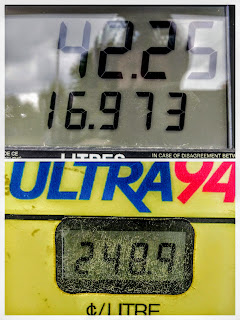






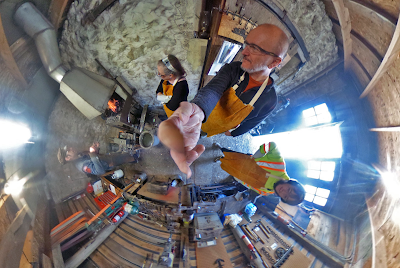



.gif)






















